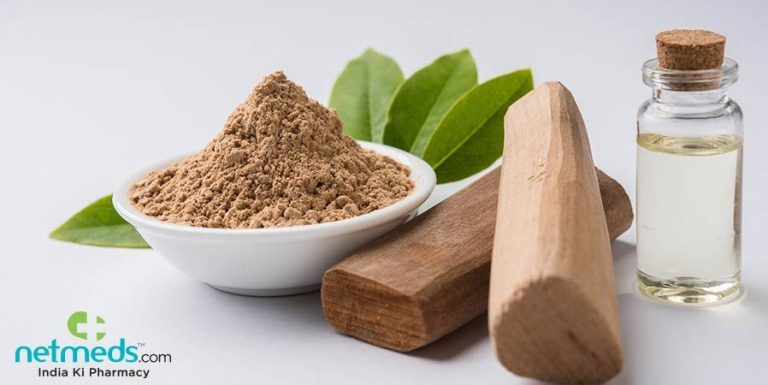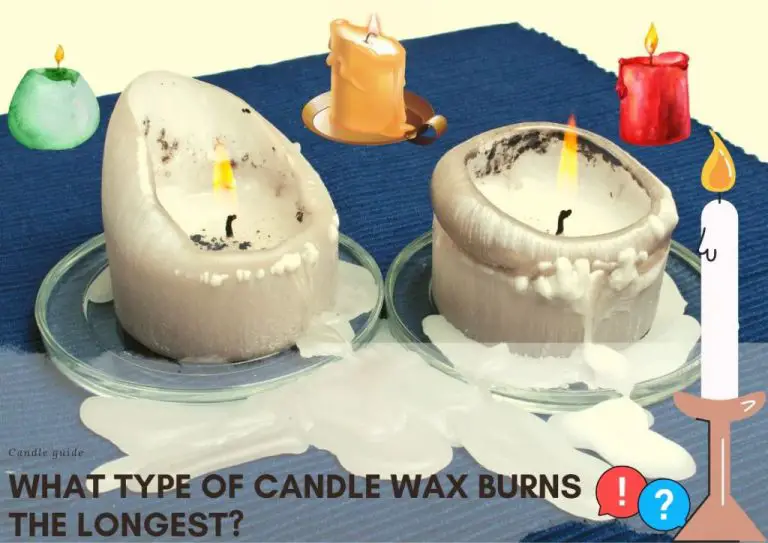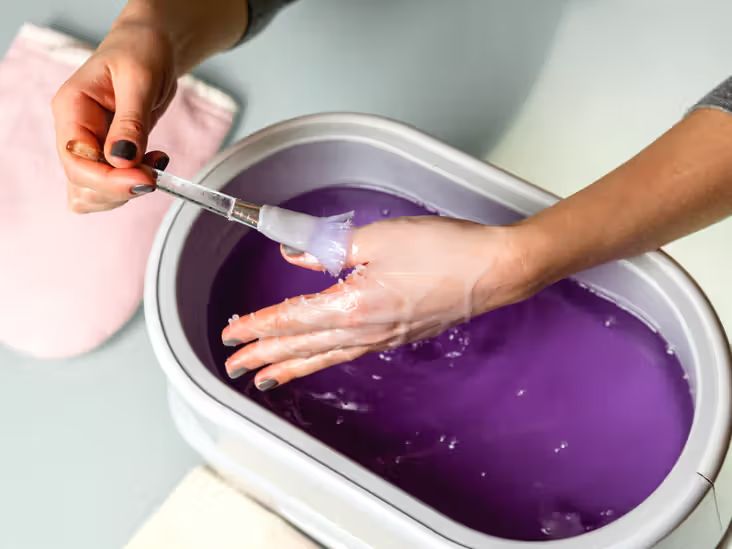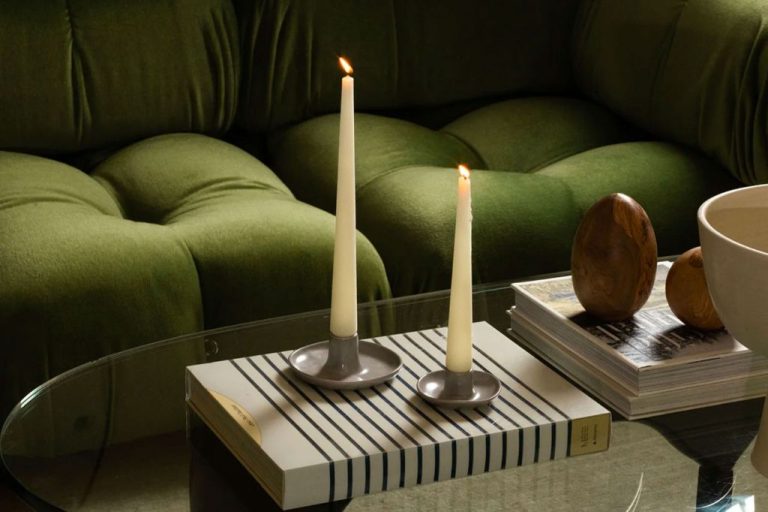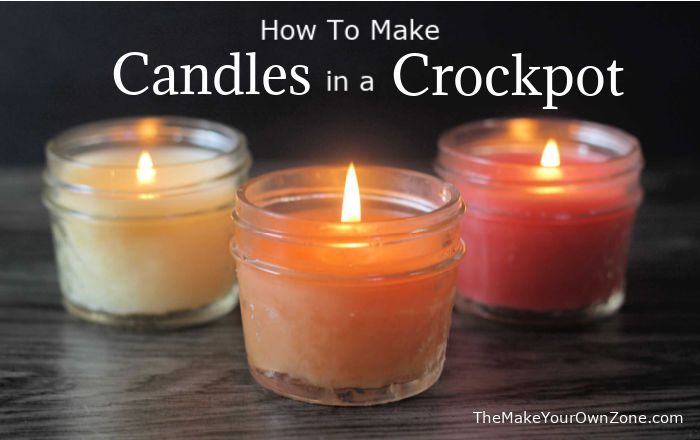How Hot Does Candle Wax Get?
Candle wax reaches high temperatures during the candle making process and while burning. Understanding the melting points, ideal pouring temperatures, and wax pool temperatures is crucial for safety and producing high quality candles. The temperature that candle wax reaches depends on several factors including the wax type, wick size, flame size, and more. Monitoring temperatures ensures proper wax melting, full fragrance oil retention, effective pouring, and optimized burn performance. Additionally, staying within the recommended temperature ranges helps prevent safety hazards like flash fires, skin burns, and wax explosions from overheating. This article provides an overview of the various candle wax temperatures involved in candle making and burning.
Sources:
https://northwoodcandlesupply.com/blogs/news/how-hot-should-candle-wax-be-when-i-add-fragrance-oils
https://www.thermometerworld.co.uk/candle-making-guide/
Melting Points
The melting point of a wax refers to the temperature at which it transitions from a solid to a liquid state. This is an important factor in candle making, as waxes with higher melting points will remain solid and retain their shape at higher temperatures.
Common waxes used in candle making have the following melting points:
- Paraffin wax: 120-140°F (49-60°C)
- Soy wax: 115-135°F (46-57°C)
- Beeswax: 140-150°F (60-66°C)
Paraffin, which is derived from petroleum, has the highest melting point and will retain its shape in hot environments. Soy wax, made from soybean oil, has a slightly lower melting point. Beeswax has the highest melting point and is the least likely to melt in heat.
The melting point is why soy candles are not recommended for use in high temperatures, as the wax can become too soft and lose its structure. Beeswax is best for candles used in warmer conditions. Paraffin strikes a good balance of rigidity and pliability across various temperatures (Modern Forestry).
Wick Effects
The wick is a crucial component in determining the temperature of melting candle wax. Thicker wicks tend to burn hotter and produce larger flame sizes that heat wax to higher temperatures. According to a scientific study, different wick materials did not significantly impact flame size or wax burning rates, but wick width directly correlated with increased flame size and temperature (Furlong, 2023).
Wider wicks provide more fuel flow to the flame by allowing liquified wax to travel up the wick at a faster rate. This enables larger flame sizes that release more heat energy into the wax pool. Most candle makers recommend matching wick width to the diameter of the candle container so that the melted wax can properly fuel the flame without overheating (Nature’s Garden, 2022). The optimal wick size produces a steady flame that melts wax fully without scorching the container sides.
Flame Temperature
The flame temperature of a candle depends on the type of wax used. Paraffin wax, the most common candle wax, burns at a temperature between 1,800-2,000°F (980-1,100°C) according to Craft Server (https://www.craftserver.com/topic/119133-candle-flame-temperature/). Beeswax and soy wax flames tend to burn cooler, around 1,500-1,800°F (815-980°C). The inner core of the flame burns the hottest while the edges are cooler.
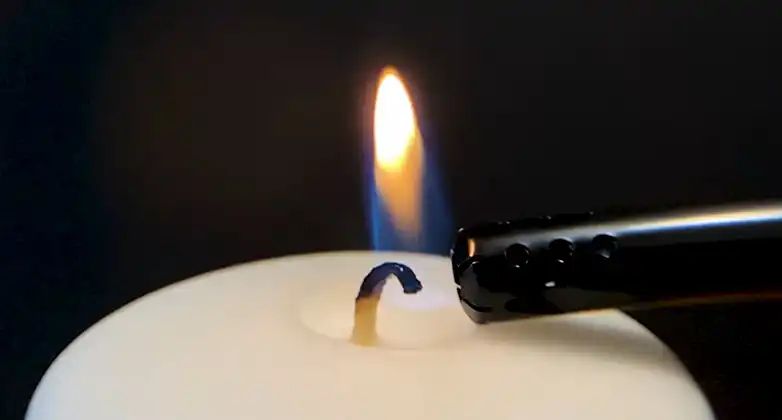
The different temperature zones in a candle flame are due to incomplete combustion. The inner blue zone reaches the highest temps of 1,400-1,800°F (760-980°C). The middle yellow zone burns around 1,000-1,400°F (540-760°C) and the outer edge burns coolest at 800-1,000°F (425-540°C) (https://www.quora.com/How-much-heat-does-a-candle-produce).
So in summary, a typical candle flame burns between 1,500-2,000°F (815-1,100°C) depending on the wax, with paraffin wax on the hotter end and natural waxes cooler. The blue center of the flame reaches the maximum temperature.
Wax Pool Temperature
The surface temperature of the melted wax pool in a burning candle is typically between 120-170°F (49-77°C). This is the temperature of the liquid wax near the wick as the candle burns. The wax on the surface of the pool is heated by the flame to its melting point so it can be drawn up the wick via capillary action. The wax a quarter inch below the surface is 100-150°F (38-66°C).
The size of the wax pool determines its temperature. Larger pools have more surface area for releasing heat, keeping them cooler. Smaller pools retain more heat. The type of wax also affects the temperature. Beeswax and soy wax pools are often hotter than paraffin wax pools.
Testing devices like thermocouples and infrared thermometers can accurately measure wax pool temperatures. But an unprotected finger can gauge it as well. At around 125°F (52°C), the wax feels hot but can still be touched briefly. Over 150°F (65°C) feels uncomfortably hot on the skin.
Heat Transfer
Heat transfers from the flame to the wax through convection, conduction, and radiation (Koppenhoefer). The flame heats the air above it, which transfers heat to the wax through convection. The hot wax then conducts heat to the cooler wax around it through conduction. Finally, infrared radiation directly from the flame heats the wax. The heat from the wax then transfers into the container through conduction.
This combination of heat transfer mechanisms allows the wax to efficiently absorb the heat from the flame. Convection and radiation rapidly heat the top layer of wax, while conduction spreads the heat through the entire pool of melted wax. The container also absorbs thermal energy from the hot wax through conductive heat transfer.
Container Effects
The material that holds the melting candle wax can impact how hot it gets. This is because different materials conduct heat differently. For example, metal containers like aluminum or copper heat up quickly and transfer heat efficiently to the wax inside. This allows the wax to reach higher temperatures than it would in a glass or ceramic container.
On the other hand, glass and ceramic are relatively poor conductors of heat. This insulation effect means glass and ceramic containers retain heat rather than transferring it readily to the wax. So the wax likely won’t get as hot in these materials compared to metal.
The thickness of the container also plays a role. Thicker containers provide more insulation and restrict heat flow. Thinner containers allow faster heat transfer to the wax. So a thin aluminum container may allow the wax to get hotter than a thicker ceramic one.
In summary, metal containers, especially thin ones, enable candle wax to reach higher temperatures. Glass and ceramic containers serve as insulators and limit how hot the wax can get. Selecting the right holder material provides some control over the wax temperature.
Safety
When burning candles, it’s important to be aware that candle wax can get extremely hot and pose a safety risk if not handled properly. According to the National Candle Association, candle wax can reach temperatures of 135 to 150 degrees Fahrenheit while liquid, with the hottest temperature right above the wick where the flame touches the wax (1). Spilled or splashed wax at these high temperatures could cause burns if it comes in contact with exposed skin.
To avoid potential injuries from hot wax, it’s recommended to keep burning candles at least 4-6 inches away from anything that could catch fire or be damaged by heat, including yourself and others around the candle. Always place candles on a stable, heat-resistant surface, and avoid moving candles once lit. It’s also important not to touch the hot wax while the candle is burning or immediately after blowing it out, as the wax can remain dangerously hot for some time. Allow spilled wax to fully harden and cool before attempting to handle and clean it up (2). With proper precautions, candle wax can be enjoyed safely without risk of burns.
(1) https://candles.org/fire-safety-candles/
(2) https://www.nfpa.org/Public-Education/Fire-causes-and-risks/Top-fire-causes/Candles
Other Factors
There are a few other influences on candle wax temperature besides the melting point, wick, flame, and container effects already covered. According to Melting Point Factors for Common Waxes, the chemical composition and purity of the wax can affect its melting point. Highly refined and purified waxes tend to have higher melting points. The processing method used to manufacture the wax also plays a role. Waxes that go through more intensive filtering and refining processes will have elevated melting points compared to crude or raw waxes.
Ambient temperature and airflow around the candle can impact wax temperature as well. If the room is very warm, the wax will be closer to its melting point before the candle is lit. Breezy conditions can dissipate heat from the wax pool and lower its temperature. The size and shape of the wax pool itself is another consideration. Larger pools of melted wax will retain more heat compared to smaller pools. Similarly, deeper liquid wax will stay hotter than shallower puddles.
In summary, while the type of wax and wick are the primary determinants, factors like purity, production method, ambient conditions, airflow, and the melted wax volume also influence the thermal state of burning candle wax.
Conclusion
Candles undergo a process of melting and evaporation when burned. While the flame reaches extremely high temperatures around 1,400°C, the wax near the wick usually heats up no higher than 82°C due to heat transfer physics. The wax pool can reach peak temperatures of around 66-74°C.
Wax composition, wick size and container material can influence the wax pool temperature. Beeswax and soy wax, for example, melt at slightly cooler temperatures than paraffin. Metal containers transfer more ambient heat than glass. Wicks with larger diameters burn hotter and create larger pools of liquid wax.
Proper candle safety is critical as the melted wax can still cause serious burns. Never leave a burning candle unattended. Keep candles away from flammable materials and out of reach from children and pets. Follow the manufacturer’s guidelines on burn times and proper wick trimming.

